It’s Never ‘Aliens’ Unless Your Claim Passes This One Scientific Test
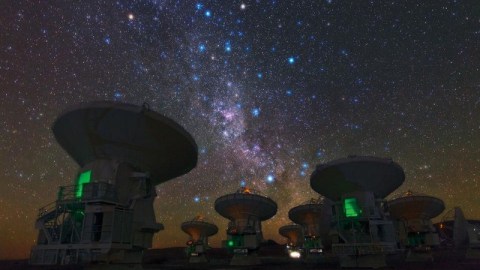
Thou shalt not conclude “aliens” from insufficient data.
When it comes to what’s out there in this Universe, perhaps the only thing that’s greater than our cosmic ignorance is the power of our imaginations. Are there extraterrestrials out there, somewhere, in the Universe or even our own galaxy? Have they come closer than that, perhaps, like being present in our Solar System or even here on Earth?
And, if the answer is yes, then what type of alien life forms are they? Are they simple, in the sense that a single-celled organism is simple? Are they complex, in the sense that a multicellular, differentiated organism with multiple specialized structures and functions is complex? Or are they even intelligent, sentient, and technologically advanced?
Contrary to the popular narrative, the scientific community is anything but resistant to investigating the issue. What they are strongly resistant to, however, is legitimizing such claims that lack sufficient evidence. The first commandment of being a scientist, when faced with claims of extraterrestrials, is this: “Thou shalt not conclude ‘aliens’ from insufficient data.” For all of human history, those are the only claims we’ve had.
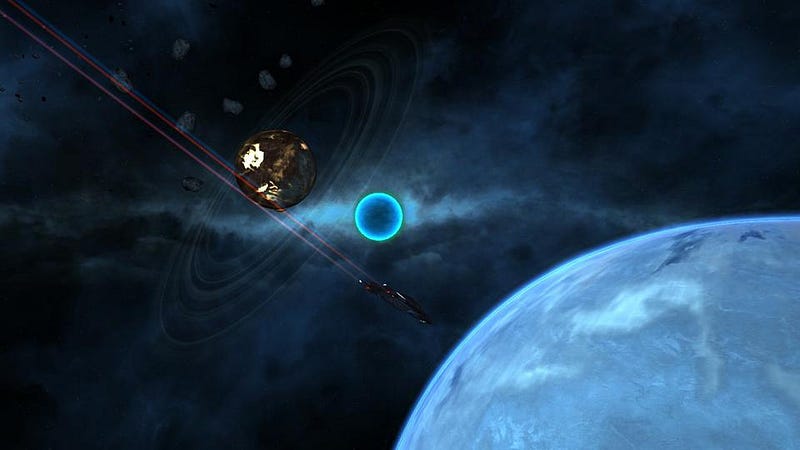
There’s a big test that any claim asking, “is it aliens?” must stand up to, and no claim has ever passed it: is your data good enough to strongly favor the “aliens” hypothesis over comparatively mundane explanations that don’t invoke aliens?
The Universe as we know it is full of natural phenomena that occur as a result of a combination of complex processes. The forces between individual particles leads to bound systems like atoms, ions, and molecules. Many of them, including polycyclic aromatic hydrocarbons, ethyl formate (the molecule that gives raspberries their scent), sugars, and even buckminsterfullerenes are found in interstellar gas clouds. Amino acids, including dozens of types not used in terrestrial biochemistry, are found inside meteorites that fall to Earth.
Many scientists, from those investigating worlds in our Solar System to exoplanet astronomers to those seeking SETI-like signatures, have devoted their lives to searching for alien signatures beyond Earth. But no robust claims have ever held up to serious scrutiny. Here are seven “scientific” claims of aliens, and how they failed to make an enduring impact.
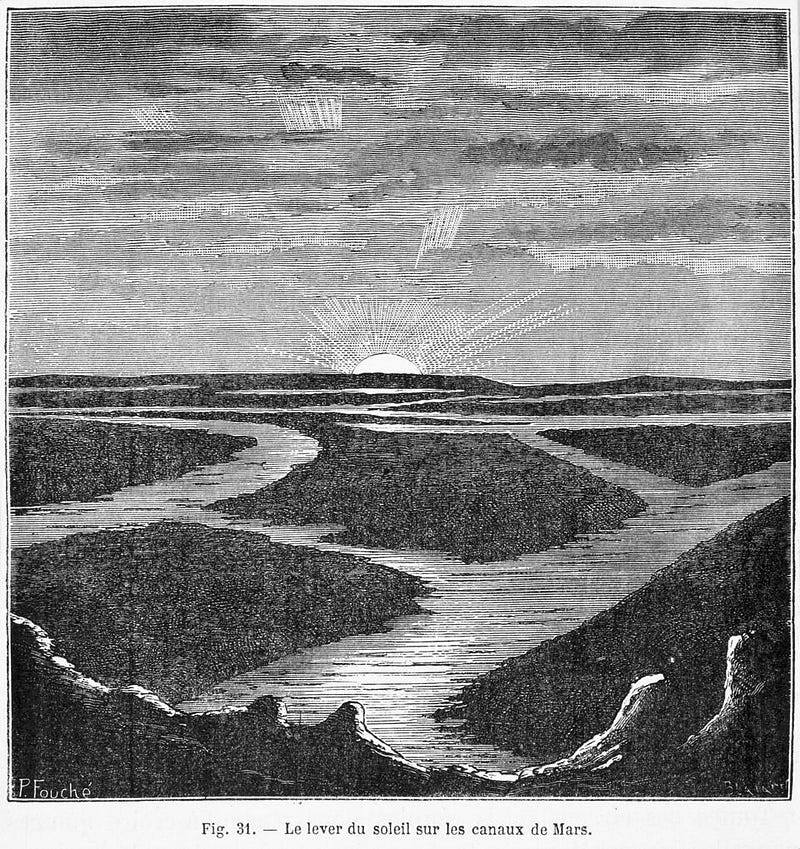
1.) Giovanni Schiaparelli, Percival Lowell, and a network of alien canals on Mars. Throughout the 1800s, telescope technology improved, and the science of photography was developed (and applied to astronomy) in the latter half of the 19th century. Schiaparelli, an Italian astronomer leveraging these larger telescopes, described a network of channels — canali in Italian — that connected the light and dark areas of Mars, originally called “continents” and “seas.”
When Percival Lowell set his sights on Mars, he mapped out hundred of these “Martian canals,” claiming that they existed to carry water from the polar caps to the equatorial regions, and were created by intelligent Martians. In a series of popular books, Lowell advanced his ideas (and his misinterpretation of Schiaparelli’s canali) to the public. Surprisingly, there are no canals or channels on Mars at all! There’s a big danger of observing something right at the limits of your technology, and this effect plagued Schiaparelli’s and Lowell’s observations. According to NASA:
“The network of crisscrossing lines covering the surface of Mars was only a product of the human tendency to see patterns, even when patterns do not exist. When looking at a faint group of dark smudges, the eye tends to connect them with straight lines. This has been demonstrated by many laboratory and field experiments.”
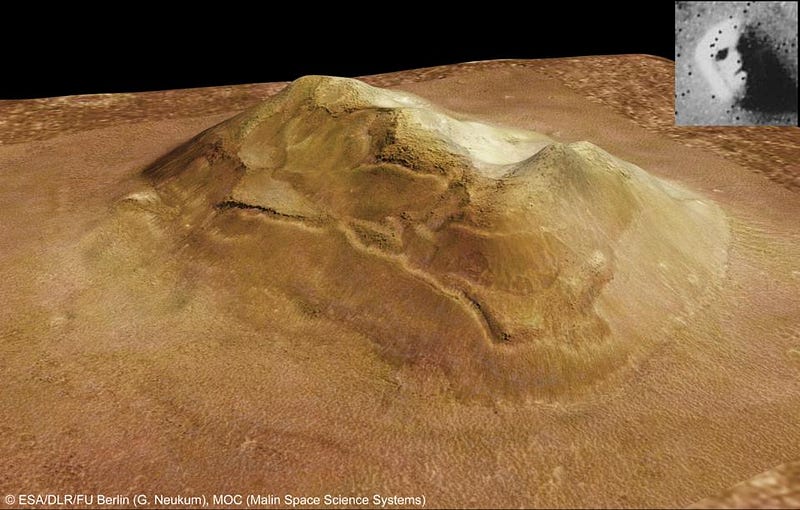
2.) The Mars Viking mission discovers signs of life on Mars. Have you ever seen the face on Mars? While that may just be a rock formation, originally imaged in 1976 with relatively poor quality (but imaged much better, above, by ESA’s Mars Express), the Viking lander collected Martian material and performed a series of biological tests on them:
- a gas chromatograph-mass spectrometer experiment, finding no significant levels of organic materials in the Martian soil,
- a gas exchange experiment, which showed that oxygen disappears and carbon dioxide appears when an aqueous nutrient solution contacted the Martian soil (an inorganic process),
- a labeled release experiment, which released carbon-14 containing compounds when an aqueous nutrient solution contacted the soil (on the first test only), possibly indicating life,
- and a follow-up pyrolytic release test, which detected no biological activity.
For decades, a number of scientists on and adjacent to the labeled release experiment advocated for a biological interpretation of the results, and for the conclusion that life on Mars exists. Only in the aftermath of 2008’s Mars Phoenix mission, which detected perchlorate on Mars, could the mystery be solved.
The key finding came in 2013, when astrobiologist Richard Quinn’s team showed that if perchlorate is irradiated by gamma rays (which occur naturally on Mars), it produces hypochlorite, which would then reproduce the finding of the labeled-release experiment if amino acids were added. It wasn’t aliens, after all, but an insufficient test led many to incorrectly believe that it was.
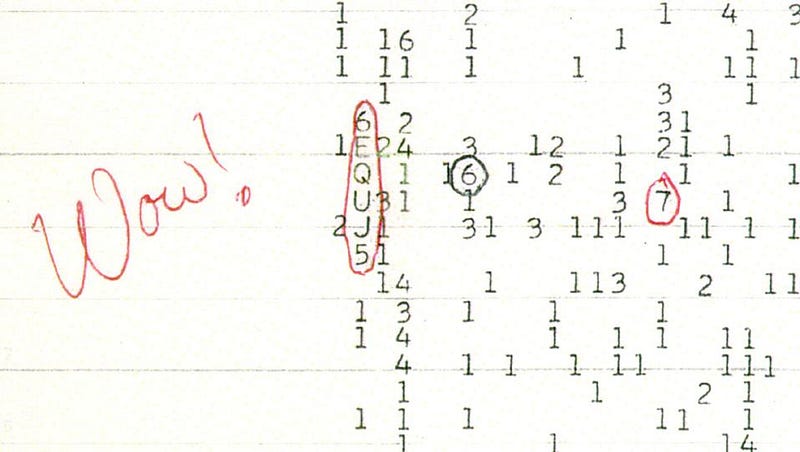
3.) Radio astronomers discover a “Wow!” of an extraterrestrial signal. On August 15, 1977, a strong radio signature was observed by the Big Ear radio telescope at Ohio State. It lasted 72 seconds, was stronger than anything else occurring before or afterwards, and then it stopped. Known as the “Wow!” signal on account of the fact that astronomer Jerry Ehman wrote exactly that on the signal’s printout, it was speculated by many to be an intelligent alien signal.
Of course, there was no modulation detected, which is what we use to encode information in radio signals. The signal occurred at a frequency of 1420.4556 Megahertz: almost identical to the natural emission line of hydrogen at 1420.4058 Megahertz. (Incidentally, corresponding to a blueshift of about 10 km/s: a normal speed of an object in our galaxy relative to us.) But most importantly, hundreds of follow-up observations failed to reveal a similar signal.
We now know that transient radio signals are common and are due to a bevvy of astronomical sources, and continue to learn more about them all the time. We can never rule out an alien possibility for the “Wow!” signal, but it will take better evidence than this to support the existence of communicative, intelligent extraterrestrials.
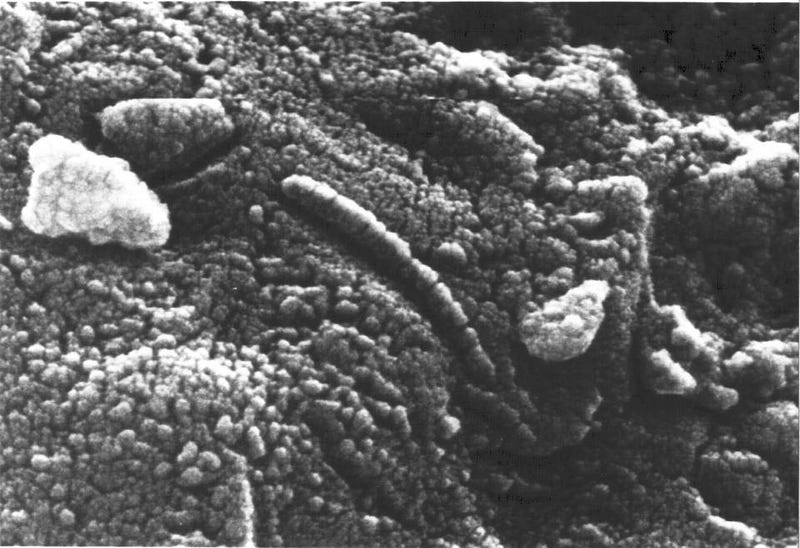
4.) The Allan Hills meteorite is found to contain Martian microorganisms. Can you imagine a more perfect recipe than this?
- Find meteorite.
- Confirm its Martian origin.
- Cut it open and look at it with an electron microscope.
- Find small inclusions ranging from a few dozen nanometers to 1 or 2 microns.
- See how much they look like microorganism fossils.
- Conclude that there was life on Mars.
Slam dunk, right? It was such a big deal that it appeared in a 1996 speech by then-President Bill Clinton.
But upon closer scrutiny, the claims were overly optimistic about what was seen. Some of the structures do resemble simple Earth-based bacteria or their appendages; this is clearly true. But it’s not a sure thing; morphology alone — even though suspected Martian fossils have been found in other Martian meteorites — cannot be used as an unambiguous tool for life detection. To prove this point, mineralogist D.C. Golden demonstrated that many of the features claimed to be evidence of life, such as magnetite crystals, can be recreated in the laboratory under wholly inorganic conditions. Until better, unambiguous evidence arrives, we cannot reasonably conclude that Mars must have had living organisms on it in the past.
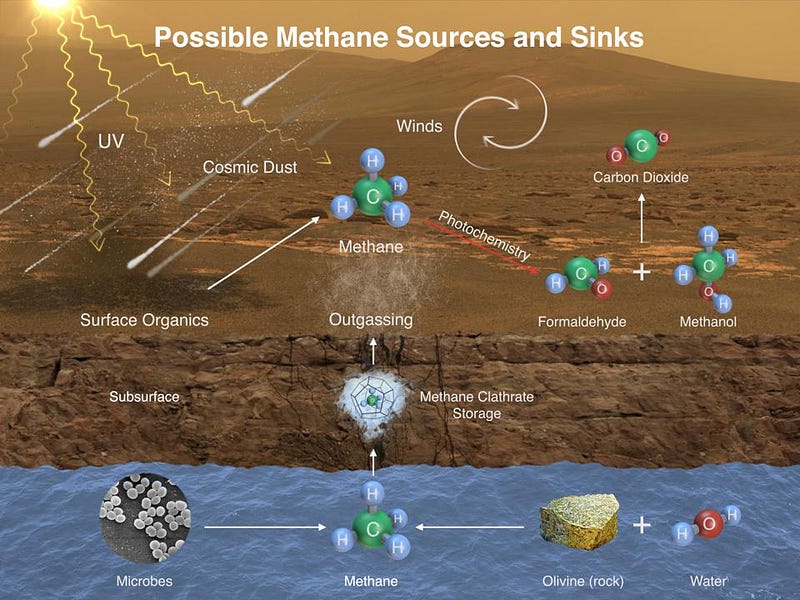
5.) NASA’s Curiosity Rover discovers methane-emitting microorganisms on Mars. Imagine it: you’re peacefully roving along over the Martian terrain, when you decide to stay put for a while. As winter turns into spring, you remain stationary, but all of a sudden you detect a “belch” of methane coming up from the ground beneath you. What could be happening?
If you’re someone who jumps to spectacular conclusions fairly easily, you’d say, “hey, Mars is warming up, and this sub-surface, dormant microorganism is waking up, metabolizing nutrients and emitting methane as a waste product.” And this is possible, but so is simple geochemistry: subsurface water flowing through the ground as the temperatures increase, triggering a chemical reaction.
It could be biology, but it could be plain old boring inorganic chemistry. While we have to keep an open mind, we won’t for much longer: NASA’s Perseverance is designed, in part, to uncover the nature behind this seasonal methane on Mars. Whether it’s Martian microbes or not, we should have our answer in the next few years.

6.) Phosphine, only produced biologically on Earth, is discovered in the cloud decks of Venus. In what was perhaps the most controversial scientific announcement of 2020, a team of researchers announced that Phosphine had been detected on Venus, at high altitudes: where the conditions, other than being acidic, are close to Earth-like in temperature and pressure. The breathtaking conclusion? That because phosphine is only produced organically on Earth, it’s likely Venusian microorganisms in the clouds that are creating it.
Only, there are many problems. The data (above) were relatively poor, and required a very controversial fitting procedure to reveal the phosphine; with a more conservative procedure, the signal disappears. The original team found a flaw with their data, and the significance (and abundance) plummeted when they did their own reanalysis. And just last month, a team of independent astronomers concluded it was the ubiquitous (and inorganic) sulfur dioxide, not phosphine, that created this signal.
Even though it’s a tantalizing possibility, the evidence in favor of aliens on Venus can only be described as flimsy at this present stage.
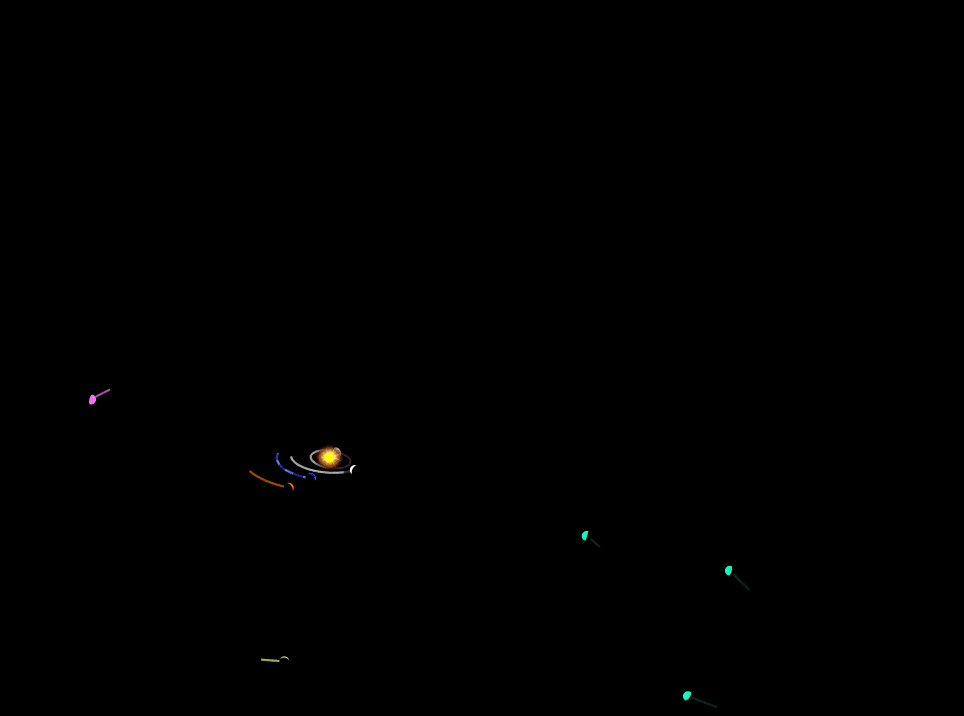
7.) ‘Oumuamua was an alien spacecraft, and we had the good fortune to catch it in 2017. We’re through with the first six items on a seven item list, so ask yourself: if ‘Oumuamua — the first interstellar objects ever observed within our Solar System — actually were an alien spacecraft, how would we know? What questions would we ask it, what tests would we perform, and what evidence should we gather to determine whether it’s of artificial origin?
- We would look at its size, reflectivity, and color: is it consistent with the properties of other objects that originated in a Solar System?
- We’d look at its motion: does it move and accelerate, within the observational uncertainties, in a fashion that’s consistent with the other objects we’ve observed?
- We’d look at its spectrum: is it consistent with the spectra of other naturally occurring objects?
The answer to all of these questions is yes. Yes, it’s similar to other small bodies in the Solar System. It looks like the other small bodies we see, particularly the severely depleted ones. It accelerates like an outgassing comet. And it has a large brightness variation, whose cause cannot be directly determined.
Does that mean it’s aliens? Based on the data we have, there’s no compelling scientific case to be made for that hypothesis. In truth, we cannot tell, but the only reasons to believe it would be aliens involve wishful thinking that are driven by our own speculations, not by the data.

Note what all seven of these claims have in common: they took mundane data and leapt to wild conclusions. If you take even a cursory look at the internet today, you’re likely to find an enormous amount of alien-related news that’s all based on equally flimsy evidence. Are the unidentified flying objects that have been recorded and spotted over the years by civilian and military personnel alien spacecrafts, or are they human-created devices? Are the seasonal methane signals coming from Mars biological or geochemical in nature? And are there some phenomena that are truly alien in nature, but that we’re conflating with a natural explanation that appears to work just (or close enough to) as well?
The important thing, contrary to what you might think, isn’t to consider all possible sides. The important thing, in the absence of overwhelming, decisive evidence, is to gather enough quality data so that you can then go ahead and draw an overwhelmingly decisive conclusion. The worst thing you can do in science is to leap to a premature conclusion, and to ignore your own personal preferences and biases. Although we often laud “the first one to tell you the right answer” in our day-to-day lives, in science, you have to do better. You have to not only get the right answer, but you have to be correct for the right reason. Getting the right answer for the wrong reason always means that not one, but multiple mistakes (at least) were made along the way. Until we have the decisive evidence that we so thoroughly crave, remember the scientist’s commandment: thou shalt not conclude ‘aliens’ from insufficient data.
Starts With A Bang is written by Ethan Siegel, Ph.D., author of Beyond The Galaxy, and Treknology: The Science of Star Trek from Tricorders to Warp Drive.





